The casualty
This last week at Santhiram flew by with adventures in the medical records department (MRD), a large multi-departmental camp, and the casualty. Here is a glimpse of what I saw during my time in those departments.
The emergency room equivalent in India is referred to as a casualty. All cases requiring immediate care arrive at the casualty where a primary care doctor, also known as the Chief Medical Officer (CMO), and fifth-year medical school students are present to stabilize incoming patients. In my three-day observation of the casualty, a majority of patients arrived with accident-related injuries or a dramatic increase in pain at various regions of the body. If the case was related to an accident, it was noted down in the accident register; furthermore, some cases were marked with an MLC (medicolegal case) if they needed to be evaluated by law enforcement officers. All cases were stabilized and referred to clinical departments in the hospital for further evaluations/operations.
- Inside the casualty
- Casualty shifts for the day
Due to the possibility of emergency procedures, the casualty always requires at least one doctor in the hospital (along with several doctors on-call). Usually there are two interns present at any given time, and the shifts are from 8 AM to 2 PM, 2 PM to 8 PM, and 8 PM to 8 AM. Sometimes, interns have to work back to back night shifts because of absent personnel. Although it may be inconvenient for interns, this schedule is necessary for the proper functioning of the casualty, as the interns diagnose and treat incoming patients.
Interns also refer patients requiring surgery/further monitoring to other departments in the hospital, and these departments document the patients’ conditions/treatment in case sheets. After the patient is discharged from the hospital, these booklets are sent to the medical records department for storage. If these records are needed later, doctors or house surgeons must submit a signed form for the retrieval of archived case sheets. Prior to the storage of case sheets, however, the diagnosis of each patient is recorded using the International Classification of Diseases (ICD). This method of coding allows Santhiram (as well as other hospitals) to keep track of the most common (and least common) diseases encountered at the hospital. Other statistics taken from the collection of case sheets include information about the total number of births, deaths, and MLCs. These statistics are noted by the Revenue Medical Officer (RMO) who sends this information to the government for demographic purposes. As a result, the medical records department aids not only the hospital, but also the government by recording valuable data related to public health.
In addition to observing the MRD and the casualty, I attended a large camp (in terms of the number of medical personnel) in an area called Sirivella. This camp provided pediatric, obstetric, and pulmonary care and served about 300 people in a span of four hours; it also filled prescriptions free of charge for many medicines. This camp marked the end of the week. I will post about my final week at the hospital sometime in the near future.

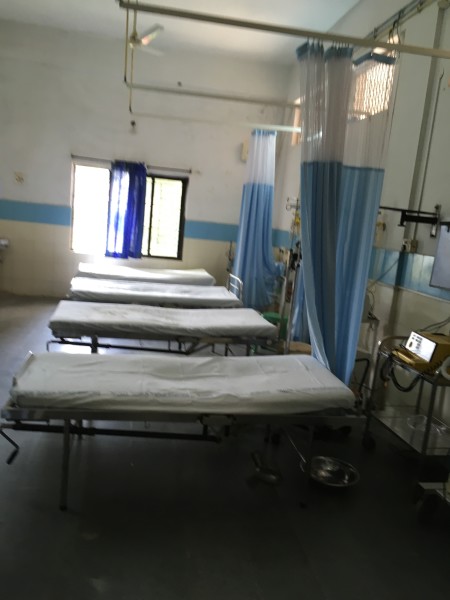
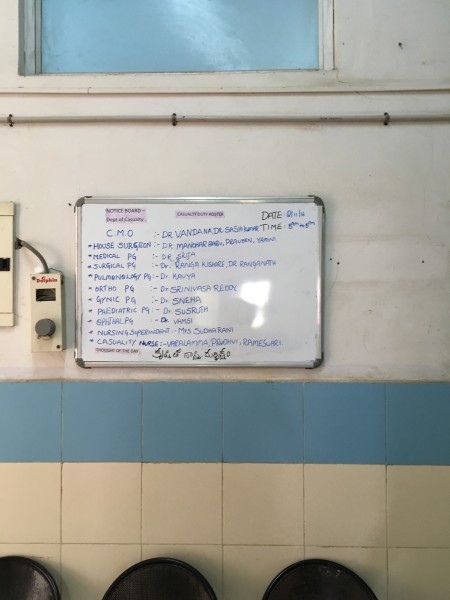
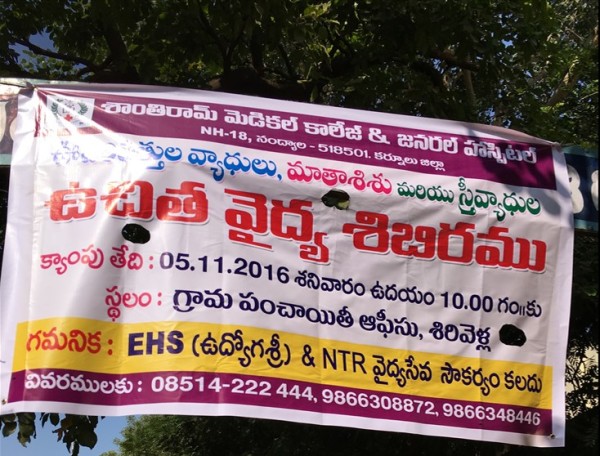
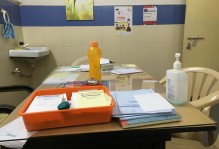
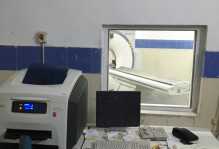
No comments.
Comments are currently closed. Comments are closed on all posts older than one year, and for those in our archive.